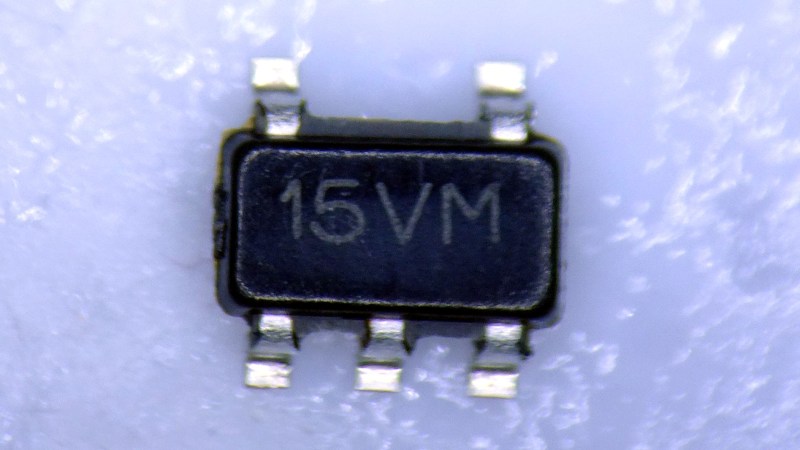[Robo] over at Tiny Transistor Labs has a fascinating look at what’s inside these modern, ultra low-power devices that consume absolutely minuscule amounts of current. Crank up the magnification, and go take a look at the dies on these two similar (but internally very different) devices.

The first unit is the Texas Instruments LPV801, a single-channel op-amp that might not be very fast, but makes up for it by consuming only a few hundred nanoamps. Inside, [Robo] points out all the elements of the design, explaining how a part like this would be laser-trimmed to ensure it performs within specifications.
The second part is the Texas Instruments LPV821 which uses a wee bit more power, but makes up for it with a few extra features like zero-drift and EMI hardening. Peeking inside this device reveals the different manufacturing process this part used, and [Robo] points out things like the apparent lack of fuses for precise trimming of the part during the manufacturing process.
Seeing these structures up close isn’t an everyday thing for most of us, so take the opportunity to check out [Robo]’s photos. Tiny Transistor Labs definitely takes the “tiny” part of their name seriously, as we’ve seen with their 555 timer, recreated with discrete transistors, all crammed into a package that’s even the same basic size as the original.
















More opamp die pictures:
https://www.eevblog.com/forum/projects/opamps-die-pictures/
And of course richis-lab with lots of pictures of various IC’s. From 40+ variants of the 555 to all the clones of the STM32F103.
https://www.richis-lab.de/Opamp01.htm
LPV821: Rail to rail in and out, zero drift, 650 nA draw, 21 mA output. Neat.
But 8 kHz gain-bandwidth! 215 nV/rtHz noise!
I guess everything comes at a price.